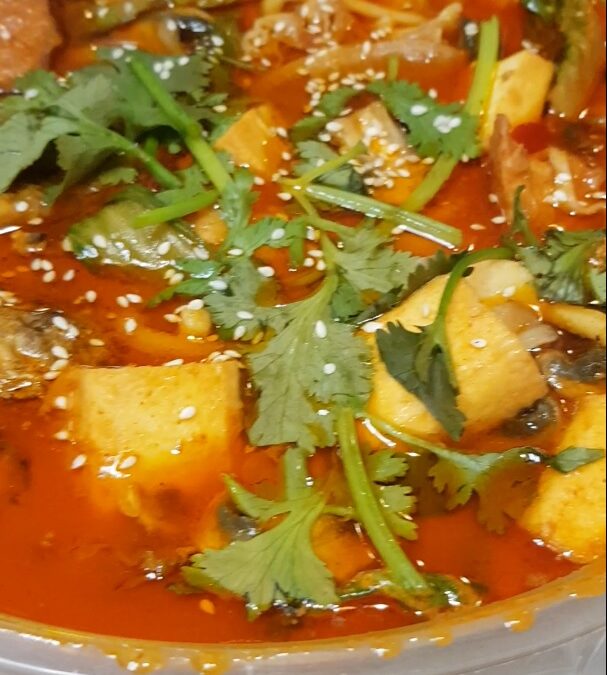
When you find a ‘secret’ Asian restaurant by accident
We found this food gem in East Tamaki by accident. I had forgotten to book at the restaurant we actually came for, and the wait to be seated there was going to be an hour or so and we were too hungry to wait. Soooo we were like… hmmm… where else could we go in this area?
And that’s how we stumbled upon 100 Spicy Foods restaurant, except I had no idea what this place was called until after I got home and Googled it. I couldn’t find a single sign in the restaurant that stated its name…at least not in English.
I also couldn’t see any non-Asian diners there that night. Seasoned Asian cuisine lovers know that’s a great sign that the food here just might be amazing.
I was not disappointed.
The adventure started with us grabbing a bowl and choosing what we like from a smorgasbord of meat, seafood, fresh vegetables, noodles, tofu, etc. Then we got our bowls weighed and paid $4 (NZD) per every hundred grams. What a genius way for a buffet style diner to cut down on food wastage!
Next, we decided whether we wanted our food bowls turned into stir fry (dry hot pot) or a soup (hot pot) – we went with soup and oh my gosh!
I must have chosen the best ingredients for my soup because it was a perfectly balanced seafood to ham flavour in some type of magic broth that pulled in the essence of vegetables and spice and… I don’t know how to describe food.
It was just… beautiful.
But one thing was odd about the service that night. The guy (the manager? The server? He was also the cashier… anyway, we were seated at a table, but he brought our soups out in takeaway containers. It was definitely not closing time, so I wondered what that was about…until I clicked.
The soups were gigantic! The guy must have thought, surely these ladies are going to take their soup home for the whole family. Surely!
Poor guy obviously doesn’t get a lot of Islanders in this restaurant.
Let’s see if we can change that for him.

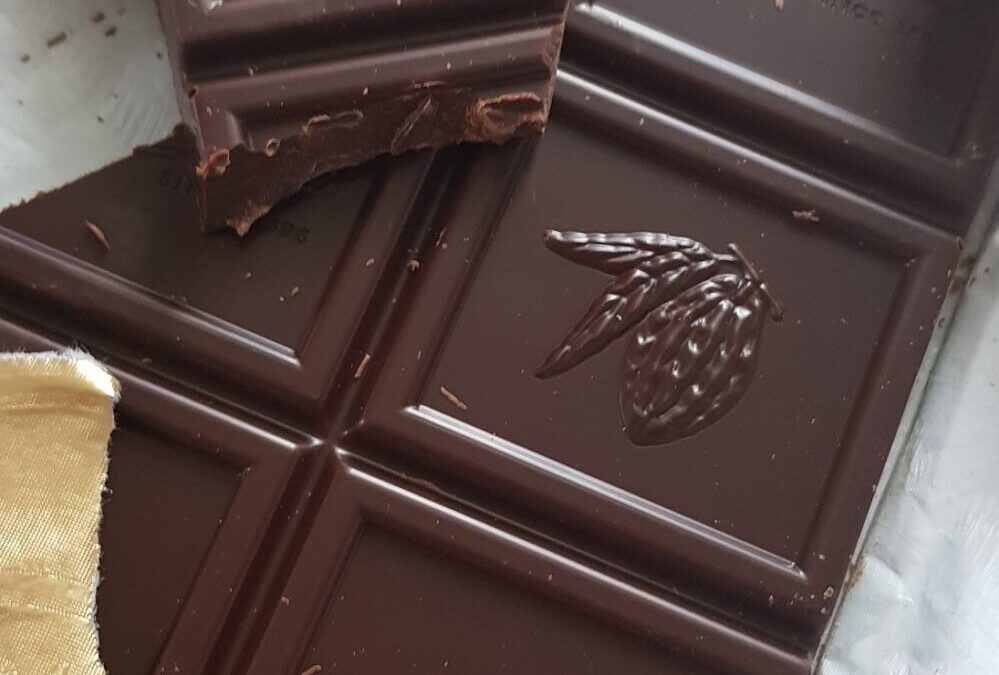
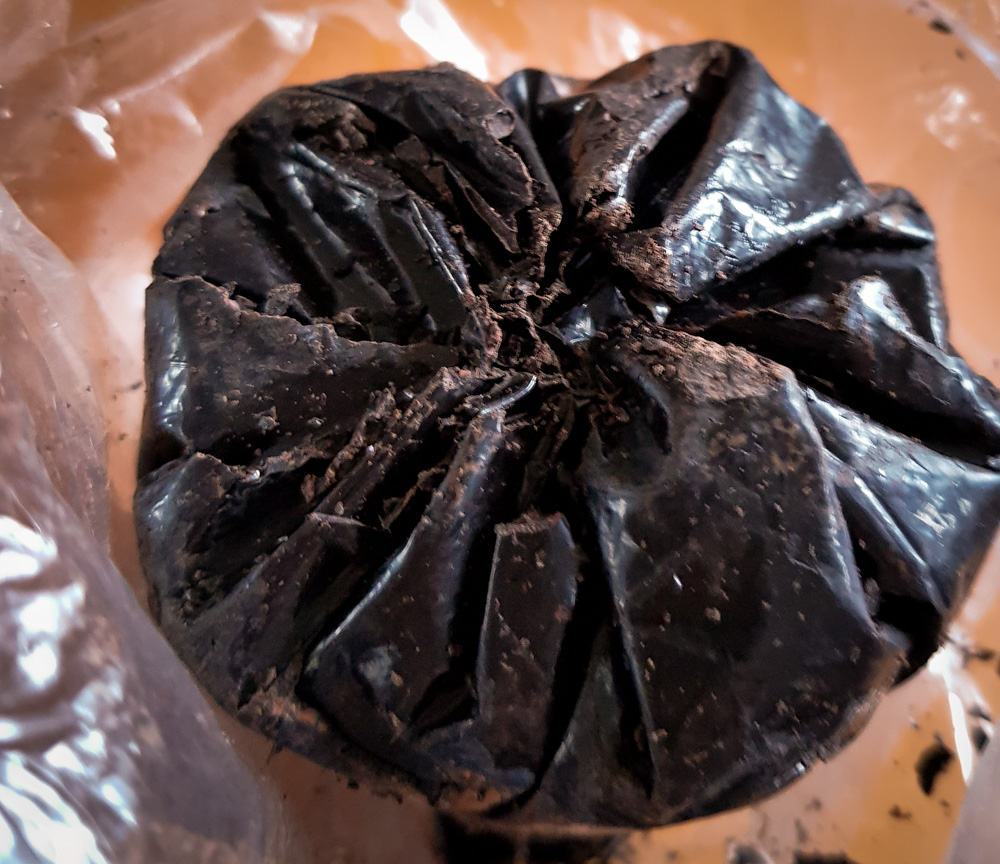
![How to choose a good taro [with video guide]](https://manaui.com/wp-content/uploads/2022/11/taro-1080x675.jpg)
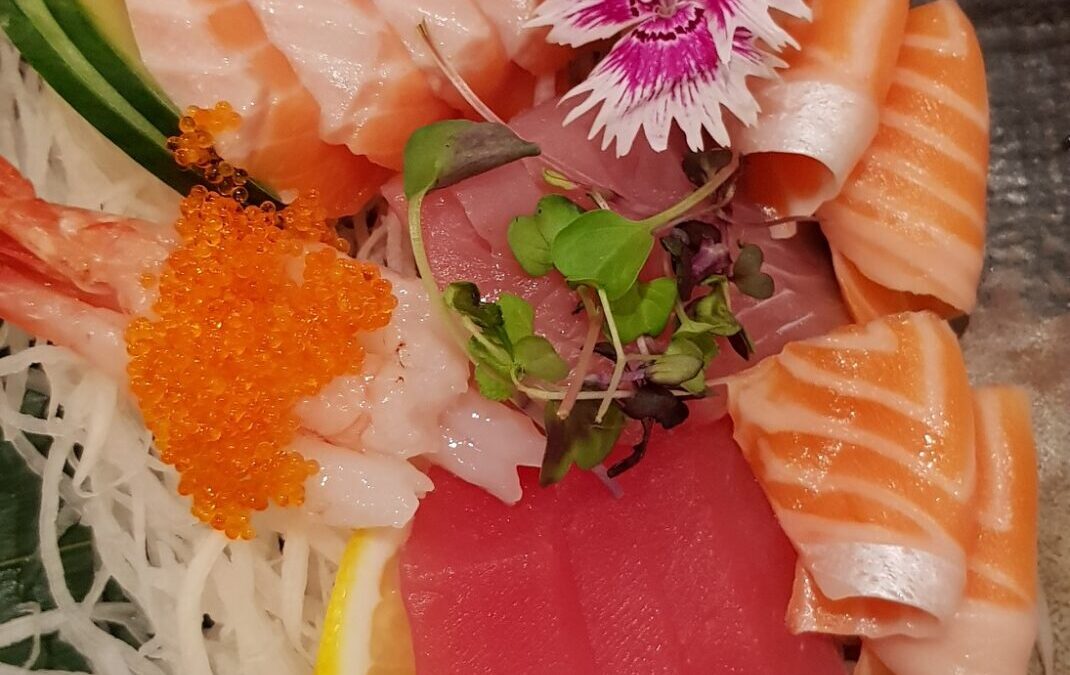

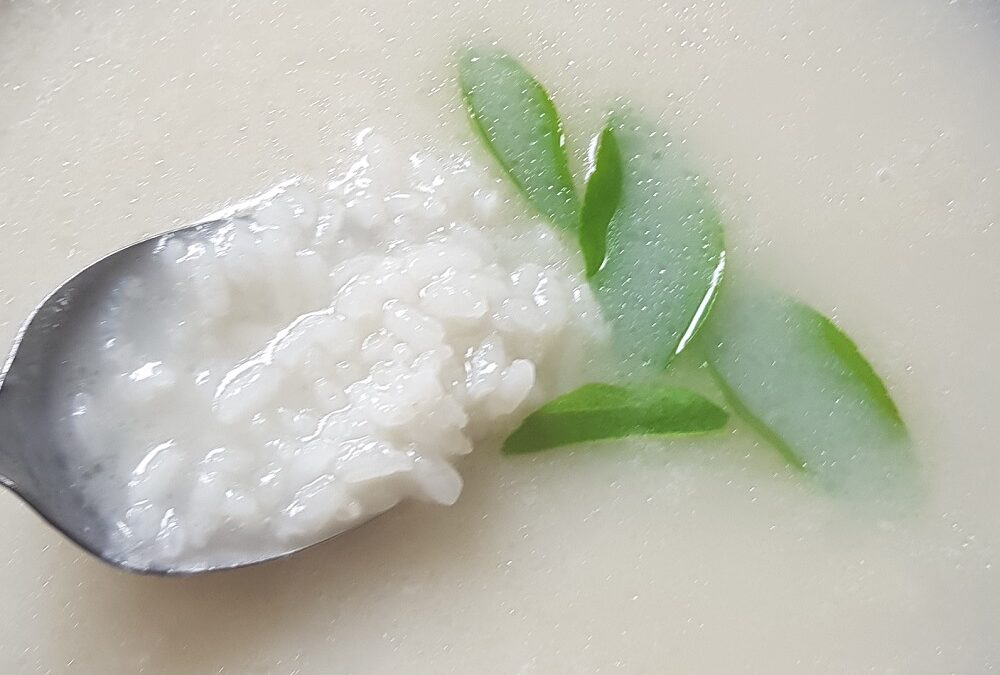
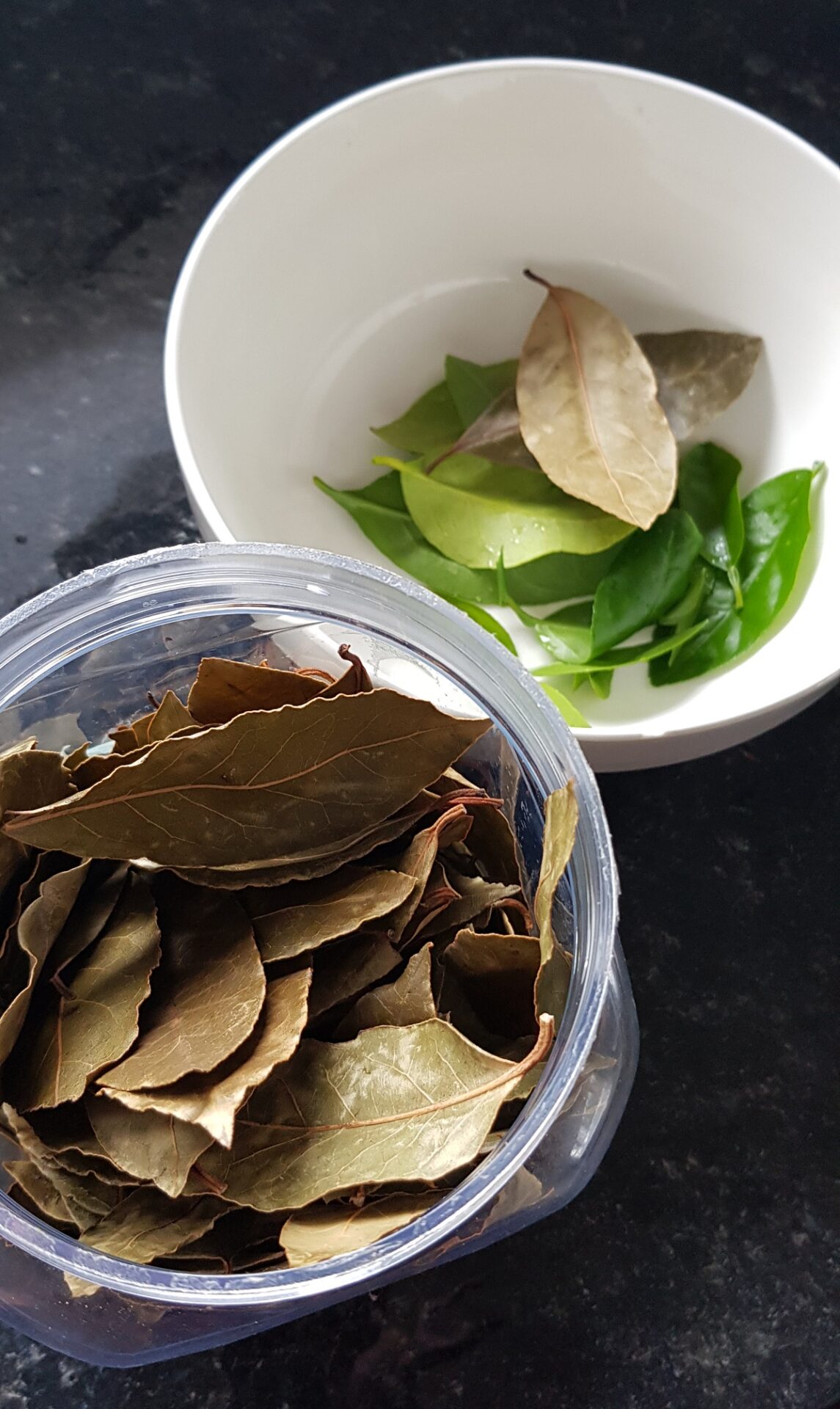
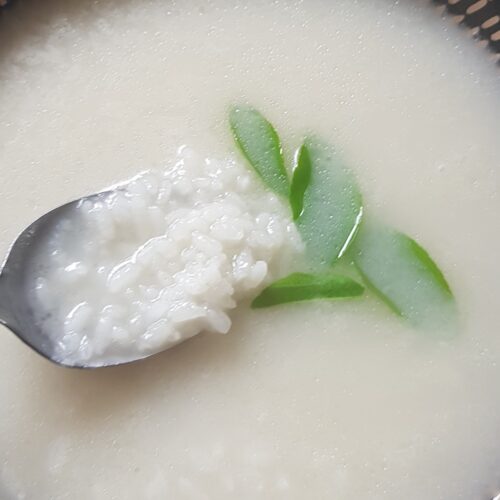











Recent Comments